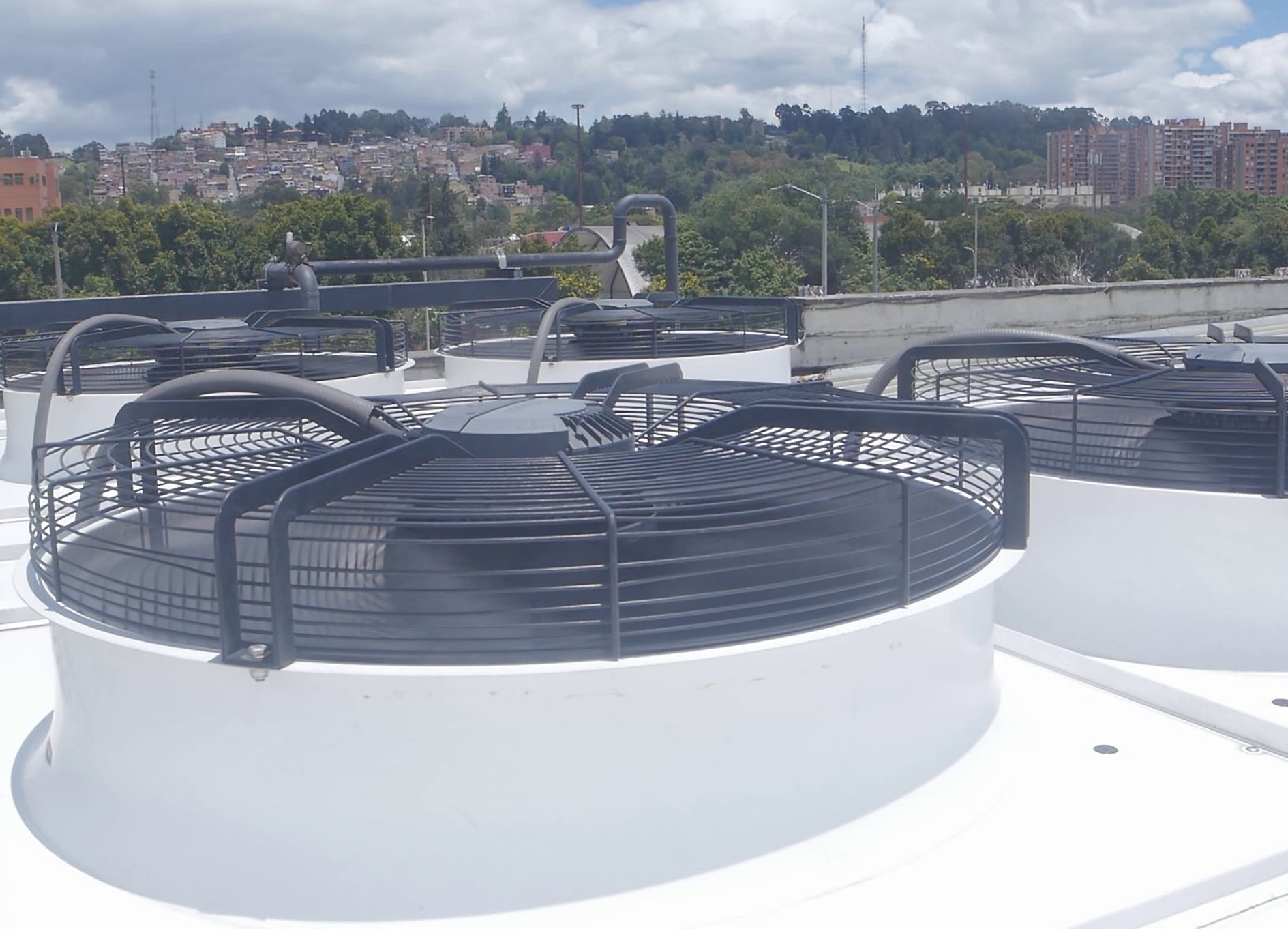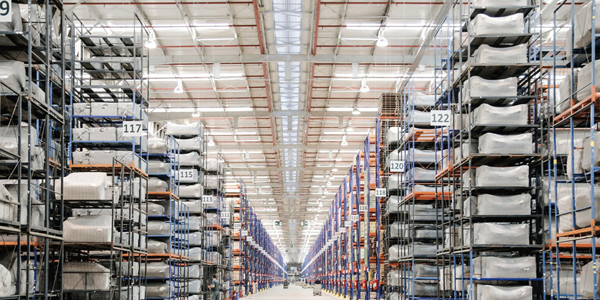Key energy efficiency terms

What is energy efficiency?
Energy efficiency aims to optimize energy consumption while maintaining the same level of useful output for a given service. At the heart of our #SHIFTEfficiencyoffer, GreenYellow enables you to reduce your energy consumption while improving your energy performance. Thanks to this approach, you consume less and better.
Definitions of the main terms used in energy efficiency
Energy audit
When setting up an Energy Performance Contract (EPC), the energy audit is a preliminary step in defining the reference consumption. This involves assessing the amount of energy used by a building and its utilities, i.e. their level of energy consumption. The audit can also identify a site's energy losses, such as poor insulation or energy-guzzling appliances. In this way, a detailed energy profile can be established and potential energy savings identified.
Environmental commitments
Environmental commitments can be divided into two distinct categories: those resulting from regulatory obligations, and those undertaken voluntarily by companies or local communities. Whether required by law or a proactive approach, these commitments focus on actions to promote sustainable development, foster energy transition and implement Corporate Social Responsibility (CSR).
Energy-efficient
Energy consumption
Reference consumption
Reference energy consumption refers to a standard value or level of energy consumption used as a point of comparison to assess the energy efficiency of a given building, equipment or system.
EEA or Energy Efficiency Agreement
Energy Performance Contracting, also known by its French acronym CPE, is a legislative instrument resulting from France's Grenelle law, which offers companies and local communities the opportunity to make lasting improvements to the energy efficiency of their premises. Based on this contractual agreement between a client (usually a building owner or operator) and an energy services provider (a company specializing in energy savings), it is possible to reduce a site's energy consumption and greenhouse gas emissions by carrying out works, modernizing equipment and/or introducing services designed to improve a building's energy characteristics.
Find out more about CPE on this page.
Performance guarantee
The performance guarantee, also known as the energy performance guarantee (ERG), corresponds to a maximum level of measured energy consumption. This maximum level, which must not be White Certificateded, is guaranteed to client, a company or local authority, for the duration of the contract.
Energy savings potential
The energy savings potential represents the volume of energy that could be saved by implementing an EPC.
Leveraging energy performance
Energy performance levers refer to actions that can be taken to achieve a sustainable reduction in energy consumption while guaranteeing the same level of service. This may involve, for example, replacing installations with more modern, energy-efficient equipment, or implementing intelligent utility control systems (BMS, BMS) to manage and monitor energy consumption.
Energy performance
Energy performance refers to the amount of energy consumed annually by a building, taking into account the quality of its construction, equipment and operating methods .
Energy profile
An energy profile refers to a detailed analysis and graphical representation of the energy consumption of a building, equipment, company or entity, over a specific period of time. This profile enables you to visualize and understand how energy consumption varies according to time of day, day of week, season or other relevant factors.
Energy renovation
Energy renovation refers to all actions taken to improve the energy efficiency of a building or existing installation. The main aim of energy renovation is to reduce a building's energy consumption and heat loss, thereby cutting energy costs, improving indoor comfort and reducing environmental impact.
Energy renovation work can include various measures, such as :
- Thermal insulation.
- Replacement of heating, ventilation and air-conditioning systems.
- Use of renewable energy sources.
- Lighting management.
- Raising awareness and changing behavior.
Energy performance tunnel
The energy performance tunnel, also known as the neutralization tunnel, designates the range of minimum and maximum energy consumption within which a site's consumption must fall after the implementation of an Energy Performance Contract (EPC).
Utilities
Utilities include all the equipment and devices essential to the smooth running of a building, powered by energy sources such as electricity or gas. Depending on the nature and use of the building (factory, store, warehouse, office building, etc.), we can mention :
- Compressed air production
- HVAC installations (Heating, Ventilation, Air Conditioning)
- Industrial refrigeration systems
- Commercial refrigeration systems
- Heat or steam production for industrial use
- Lighting
- GTC (Centralized Technical Management) or GTB (Gestion Technique du Bâtiment), also known as Building Management System (BMS)

Together, let's build your
energy efficiency project
